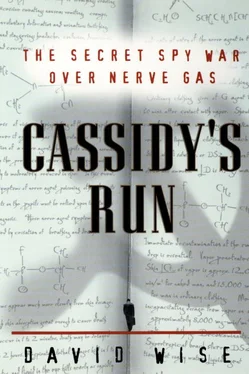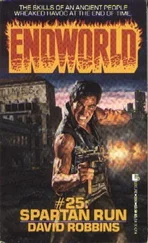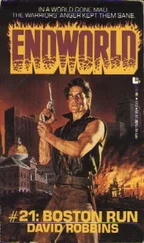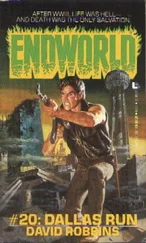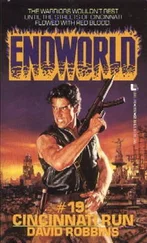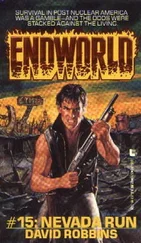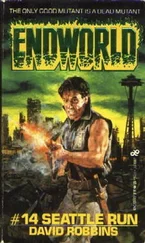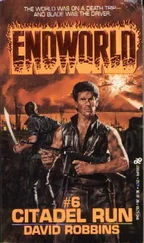Finally, in August 1963, the FBI tried a risky and unorthodox ploy. “Don Gruentzel came up with the idea. I met him in Washington one day. He wrote a note that said, ‘I’m back from Korea’ and gave the telephone number of my office at Edgewood. It said, ‘I’m the person you were involved with at Belvoir.’ We got in his car and drove to Sixteenth Street, across from the Russian embassy. There were some kids, maybe ten or twelve years old, playing on the street. He called one over and gave him the note and told him to deliver it to the embassy and give it to whoever came to the door. Don gave him fifty cents. I said, ‘Maybe you should have given him the fifty cents when he came back.’
“From where we were parked, we were in a position to see what happened. We watched the kid deliver the note. The person who opened the door didn’t look around. He took the note and went inside.”
Not many days afterward, Cassidy was in his office in Edgewood when he received a phone call. “It was a foreigner, speaking very slow in a low voice…. He said he was glad I had returned from Korea, and he arranged a time and place for a meet, near Greenbelt, Maryland.” WALLFLOWER was back in business.
The meeting took place on September 19. This time, neither Polikarpov nor Fursa appeared. A third Russian, Boris G. Kolodjazhnyi, showed up. He was listed as first secretary of the Soviet embassy, but to Cassidy, predictably, he introduced himself as Mike.
Cassidy’s assignment to the National Guard was of little interest to Kolodjazhnyi. But the GRU officer was well aware of the main activity at Edgewood, the army’s chemical-warfare center.
There, in the laboratories at Edgewood, army scientists operating under the tightest secrecy experimented with and developed the nerve gases that were the most lethal agents in the nation’s controversial arsenal of chemical weapons.
The Russians now believed they were close to achieving one of their prime objectives: penetrating a major U.S. defense activity. From their perspective, Cassidy’s new assignment proved that even a noncommissioned officer was worth recruiting, because he might, in time, have access to information of enormous value. The GRU man pressed Cassidy. “He knew what was at Edgewood. He wanted to know about the chemical center. I told him I didn’t know anything.”
The bureau set out to remedy the problem. It began orchestrating Cassidy’s transfer to the nerve-gas laboratory, a process that took several months.
In October, Cassidy met again with the GRU. This time, yet another officer showed up. His name was Mikhail I. Danilin, and he was to become Cassidy’s principal Russian handler. The fourth Mike served as Cassidy’s Soviet control for eight years, longer than any of the others. On the State Department diplomatic list, he appeared as an attaché in the cultural section and later as an embassy third secretary. As was the case with his predecessors, he was an officer of the GRU. [1] Of all of Cassidy’s Russian case officers, Danilin was the only one actually entitled to call himself “Mike,” since his first name, Mikhail, is the Russian equivalent of Michael.
At six foot one, Danilin was a big man, as tall as Cassidy. He was softspoken, quiet, handsome, and dark haired. He, too, pressed Cassidy for everything he could learn about nerve gas. They met again three times in the spring of 1964.
As Cassidy recalled it, the strings for his move to the nerve-gas laboratory were pulled by Special Agent James F. “Jimmy” Morrissey, who later succeeded Don Gruentzel as his case agent. A short, clever Boston Irishman, Morrissey was a leprechaun with a law degree, a fanatic Red Sox fan, and a man of great charm, with a natural talent for counterintelligence.
“Morrissey brought a guy from army personnel to talk to me,” Cassidy said. Soon after, Cassidy was recommended for promotion, and on June 10 he moved into a slot in the Weapons Development and Engineering Laboratories (WDEL) at Edgewood, known as “Weedle.” The companion lab at Edgewood, the Defense Development and Engineering Laboratories (DDEL), was called “Deedle.”
In October, Danilin met again with Cassidy. The GRU officer was, of course, delighted to hear that Cassidy had been transferred to the weapons lab. Cassidy was where the Russians wanted him. Danilin asked where Cassidy worked in the lab and what documents he saw. He bombarded Cassidy with all sorts of questions about nerve gas. “He was interested in formulas and method of delivery,” Cassidy said. Danilin also inquired about incapacitants developed at Edgewood—such as BZ, which can cause disorientation and temporary paralysis—and riot-control agents such as CS. His main interest, however, as might be expected, was in nerve gas.
Cassidy was not a scientist—he had never even gone to college—but one of his jobs at the weapons laboratory was to file the documents produced by the chemists and engineers.
The Strangelovian world in which Cassidy now found himself was one that operated in deepest secrecy, with almost no public knowledge of its existence. Nerve gases are among the more horrible weapons ever developed, no less deadly than nuclear bombs and biological agents such as anthrax, Ebola virus, or the bubonic plague. A tiny drop of nerve gas, inhaled or in contact with the skin, can kill almost instantly.
Closely related to common insecticides, nerve gases were unknown until the approach of World War II. Appropriately, they were first developed by the Nazis. In 1936, Dr. Gerhard Schrader, a chemist with I. G. Farbenindustrie in Germany, had discovered the first nerve gas by accident while researching compounds to kill insects. He synthesized an organophosphorous ester known as tabun, or GA.
Soon, Schrader and Nazi scientists were developing far more powerful nerve gases: sarin, also known as GB, which Schrader discovered in 1938, and soman, known as GD. The Nazis built a nerve-gas production plant in Breslau, disguising its output under the code name Trilon, a popular soap. At the end of the war, the Soviets captured German stocks of nerve gas, dismantled the plant in Breslau, and transported it back to the Soviet Union. U.S. Army intelligence found Dr. Schrader, however, and obtained the nerve-gas formulas from him. As a result, American scientists, too, were able to replicate tabun, sarin, and soman. In the 1950s, British and American scientists developed another powerful nerve gas, VX.
By the 1960s, both the United States and the Soviet Union had extensive chemical- and biological-warfare (CBW) programs, which were important targets for intelligence operations. Edgewood was a prime objective for the Soviets, as were Fort Detrick, Maryland, the government’s center for germ-warfare research, and Dugway Proving Grounds, a huge restricted area sixty miles southwest of Salt Lake City that tested both chemical and biological weapons. [2] Something went terribly wrong at Dugway during a nerve-gas test on March 14, 1968. Some 6,400 sheep were killed in two Utah valleys, apparently by a cloud of VX. Although the army has never officially taken responsibility for the sheep kill, it has skirted close to an admission. A month after the sheep died, the army said evidence “points to the Army’s involvement.” In January 1998, Colonel John Como, Dugway’s commander, said that a test of “a lethal chemical agent at Dugway… may have contributed to the deaths of the sheep.” Despite the army’s half denials, the government compensated the ranchers for their lost animals.
Sarin, soman, and VX remain the world’s three principal nerve gases today. All three work by inhibiting the action of cholinesterase, a key enzyme that controls the body’s nervous system, including breathing, brain function, and muscle movement.
Читать дальше
